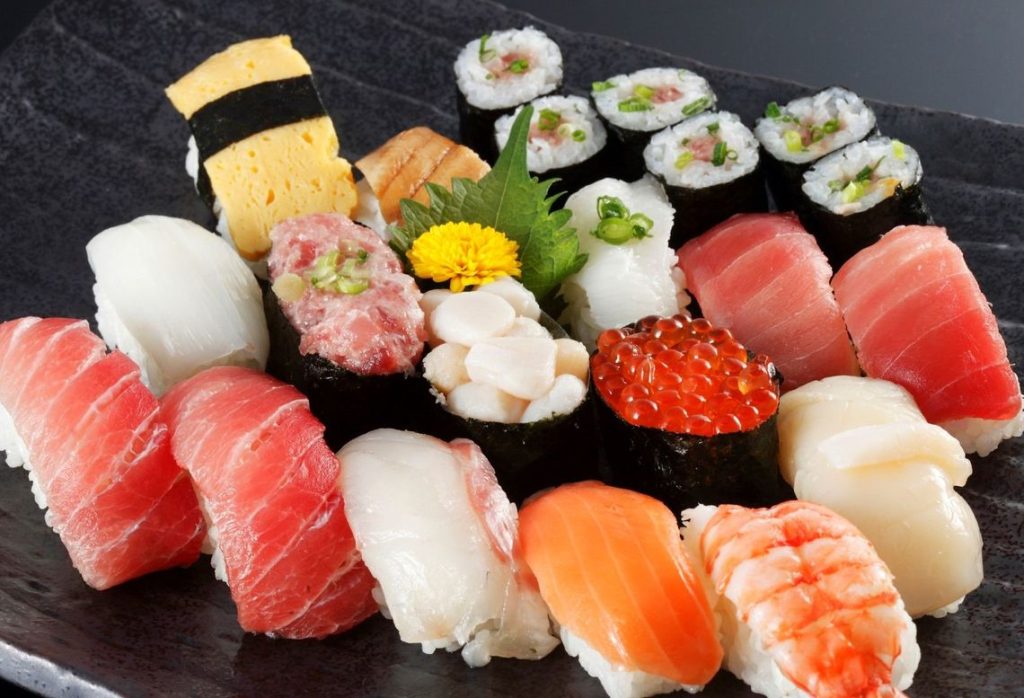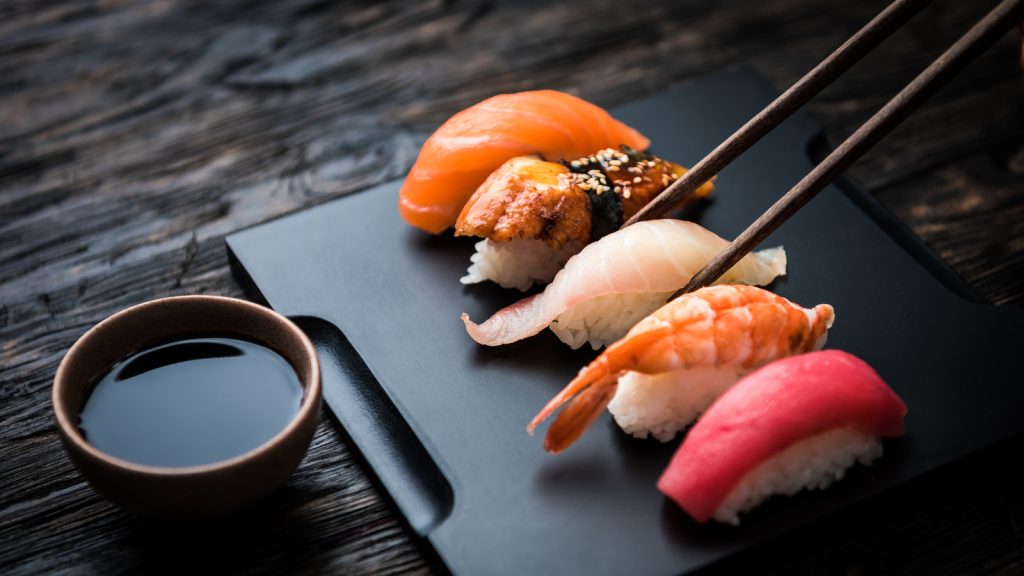Sushi is a kind of traditional Japanese food, which is not only a taste enjoyment, but also a cultural inheritance. From its origin to development, and then to today’s world famous, sushi carries the deep history and culture of Japan. This article will delve into all aspects of sushi, including its historical origins, cultural connotations, production processes, and its influence at home and abroad.
The history and culture of sushi
The origins of sushi can be traced back to the ancient coastal regions of Southeast Asia and China, when people discovered that fish could be preserved and eaten for a long time after being pickled with salt and rice. Over time, this food evolved into sushi as we know it today. In Japan, sushi dates back to the Nara period (710-784), when fish and rice were fermented together to preserve the fish. During the Edo period (1603-1868), the process of making sushi was further developed, gradually forming the present style.
Sushi plays an important role in Japanese culture. It is not only a kind of food, but also an expression of art. In Japan, sushi masters (sushi professionals) have a very high status, they use their craft to transform simple ingredients into delicious dishes. In the process of making sushi, the respect for ingredients and the pursuit of details reflect the exquisite and craftsman spirit of Japanese culture.

Two, sushi production and characteristics
The production of sushi seems simple, but it contains deep skills. First of all, the choice and cooking of rice is key. Sushi rice is usually made from sticky Japanese or Southeast Asian rice, which is cooked with precise water and time control. The cooked rice should be added with an appropriate amount of sushi vinegar, so that it has a certain acidity and aroma.
Next comes the choice of ingredients. Sushi is very rich in ingredients, including a variety of fresh seafood, vegetables, eggs and so on. Among them, sashimi is the most common sushi ingredients, such as salmon, tuna, eel and so on. These fish meat is tender, delicate taste, and the perfect combination of rice, constitute the unique taste of sushi.
In the process, sushi chefs carefully cut the ingredients into the appropriate size and shape, and then place them on top of palm-sized rice balls. In this process, the sushi chef needs to master the right strength and skill to ensure that each piece of sushi has the perfect shape and taste.
The taste of sushi is characterized by softness, freshness and freshness. The slight sweetness and vinegarity of the rice complement the delicacy of the seafood, vegetables and other ingredients, leaving a lasting aftertaste. In addition, sushi is also unique in that it can be customized to individual tastes, from ingredients to sauces can be selected according to personal preferences.
Third, the influence and difference of sushi
Japanese sushi enjoys a high reputation both at home and abroad. In many countries, sushi has become a popular food and is widely loved. With the advance of globalization, sushi has gradually integrated into the food culture everywhere.
Sushi varies from country to country in terms of preparation methods, selection of ingredients and taste. For example, American sushi differs from Japanese sushi in terms of ingredients, taste and shape. American sushi has a richer variety of ingredients, including avocado, ham sausage and other ingredients not commonly found in Japanese sushi; The taste is more to meet the preferences of Americans, using mayonnaise, cheese or cream and other seasonings; There are also innovations in shape, such as the American sushi roll is usually the outer layer of fish roe, the inner layer is rice and seaweed, etc.
Despite the differences, the similarities between sushi countries are also evident. They all pay attention to the freshness and high quality of the ingredients, and the pursuit of perfect taste. This common pursuit of good food has made sushi one of the favorite foods of people around the world.

Fourth, personal feelings and prospects
As a food lover, I have a deep affection for Japanese sushi. Every time you taste sushi, you can feel its unique taste and delicious taste. At the same time, I deeply admire the process of making sushi. The exquisite craftsmanship and attention to detail of the sushi chefs gives me a lot of respect for this craft.
Japanese sushi will continue to spread and grow globally. As people’s attention to healthy eating continues to increase, sushi will become more popular as a low-fat, high-protein and nutritionally balanced delicacy. At the same time, with the progress of science and technology and the in-depth development of globalization, cultural exchanges between countries will be more frequent, which will also provide more possibilities for sushi innovation.
Japanese sushi is not only a kind of food, but also a symbol of culture. It carries the deep history and culture of Japan, and has conquered diners around the world through its unique production process and taste characteristics. In the future development, I believe that sushi will continue to attach equal importance to inheritance and innovation, and become an important part of global food culture.

